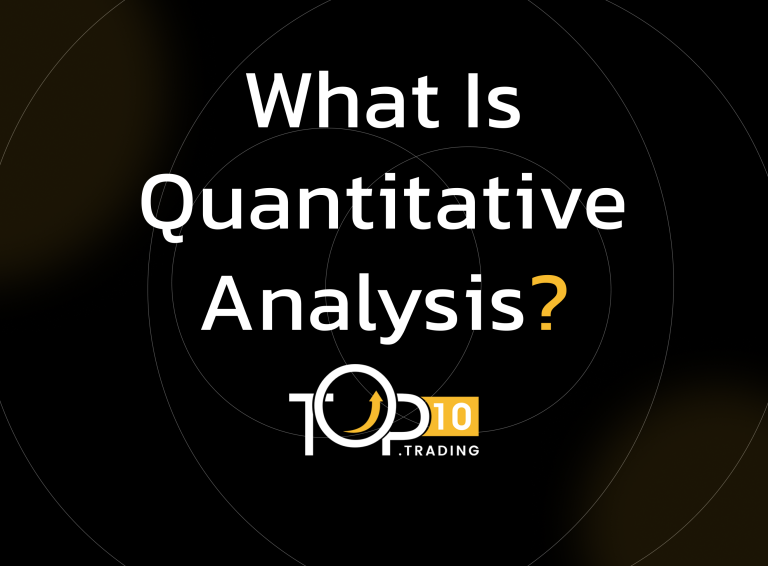Quantitative Analysis Definition

Quantitative Analysis (QA) refers to the use of mathematical, statistical, and computational techniques to analyze financial markets and investment opportunities. It involves the application of numerical data to identify patterns, forecast price movements, and support decision-making in trading and investment strategies.
Key Takeaways
- Quantitative analysis uses mathematical models and algorithms to analyze market data and make investment decisions.
- It relies heavily on historical data, price trends, and financial indicators.
- The approach aims to eliminate emotional biases by focusing on numbers and empirical data.
- Common methods include regression analysis, time-series analysis, and risk modeling.
- It’s widely used in algorithmic trading, risk management, and portfolio optimization.
How Quantitative Analysis Works
- Quantitative analysis uses mathematical models and algorithms to interpret vast amounts of data, seeking patterns or correlations in financial markets. It involves:
- Data Collection: Gathering historical price data, financial statements, trading volumes, and other relevant metrics.
- Modeling: Developing mathematical models to simulate market behavior, such as risk models or price prediction models.
- Testing and Optimization: Running simulations or backtests to evaluate the effectiveness of models and refine strategies.
- Execution: Using the insights derived from the analysis to inform trading decisions, hedge positions, or optimize portfolios.
Examples of Quantitative Analysis
- Algorithmic Trading: Developing algorithms that automatically execute trades based on predefined criteria, such as price movements, volatility, or market trends.
- Risk Management Models: Creating models to assess the potential risk in a portfolio, such as the Value at Risk (VaR) model.
- Factor Investing: Using statistical techniques to identify and invest in factors like momentum, value, and size that have historically outperformed the market.
Benefits of Quantitative Analysis
- Data-Driven Decisions: Eliminates emotional biases and provides objective analysis based on numbers.
- Efficient Strategy Development: Allows for the creation of complex trading strategies that can be automated.
- Risk Management: Helps identify and mitigate risks through robust statistical models.
- Scalability: Can be applied to large datasets, making it suitable for high-frequency trading and institutional investors.
Costs and Limitations
- Data Dependency: The accuracy of quantitative models is heavily dependent on the quality and availability of data.
- Overfitting Risk: Models that are too tailored to historical data may not perform well in future market conditions.
- Complexity: Requires a deep understanding of mathematics, statistics, and computer programming.
- Limited to Historical Data: Quantitative analysis typically relies on past data and may miss unforeseen market changes or black swan events.
Who Uses Quantitative Analysis?
- Quantitative analysis is widely used by:
- Hedge Funds and Investment Banks applying sophisticated models to identify arbitrage opportunities or optimize portfolios.
- Algorithmic Traders who use pre-programmed systems to make high-frequency trades.
- Risk Managers to assess and control risk in financial portfolios.
- Researchers and Analysts who use quantitative methods to analyze trends, forecast prices, and validate trading strategies.
